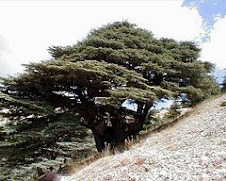As of Monday morning, damage in New Orleans was less than expected so far, but Grand Isle is reportedly under seven feet of water, and the storm continues to move west toward western Louisiana and the northeast Texas area. Shell Beach in New Orleans is said to have a 9-foot swell this morning.
Satellite photograph of Hurricane Gustav:

Satellite image showing Hurricane Gustav approaching New Orleans Sunday night:


Satellite image of Hurricane Gustav Monday 12.20pm EDT 01SEP08:

Here is a view down a main street of New Orleans from CNN.com:

CNN photo from Monday morning in New Orleans:

Photos from New Orleans traffic cameras Sunday night as Hurricane Gustav approaches
A Sunday night photo of Causeway Blvd illustrating the calm before the storm:

Causeway Blvd Monday morning:

Photo from New Orleans traffic camera looking along Canal Boulevard Sunday night August 31, 2008:

Monday morning, Canal Blvd:

Traffic camera at Power Blvd in New Orleans Sunday night shows emerging disturbance:

New Orleans interchange 610 and I-10, Monday morning:

New Orleans Clearview Parkway Sunday night:

Old Man River Cam is located at Poydras St. and Magazine St

Old Man River Cam in New Orleans Monday morning:

Follow the paths of Hurricane Gustav, Hurricane Hanna at Weather.com
New Orleans hurricane Gustav news at NewOrleans.com
Links to live cameras operating in New Orleans
Traffic Cameras in Baton Rouge Louisiana



